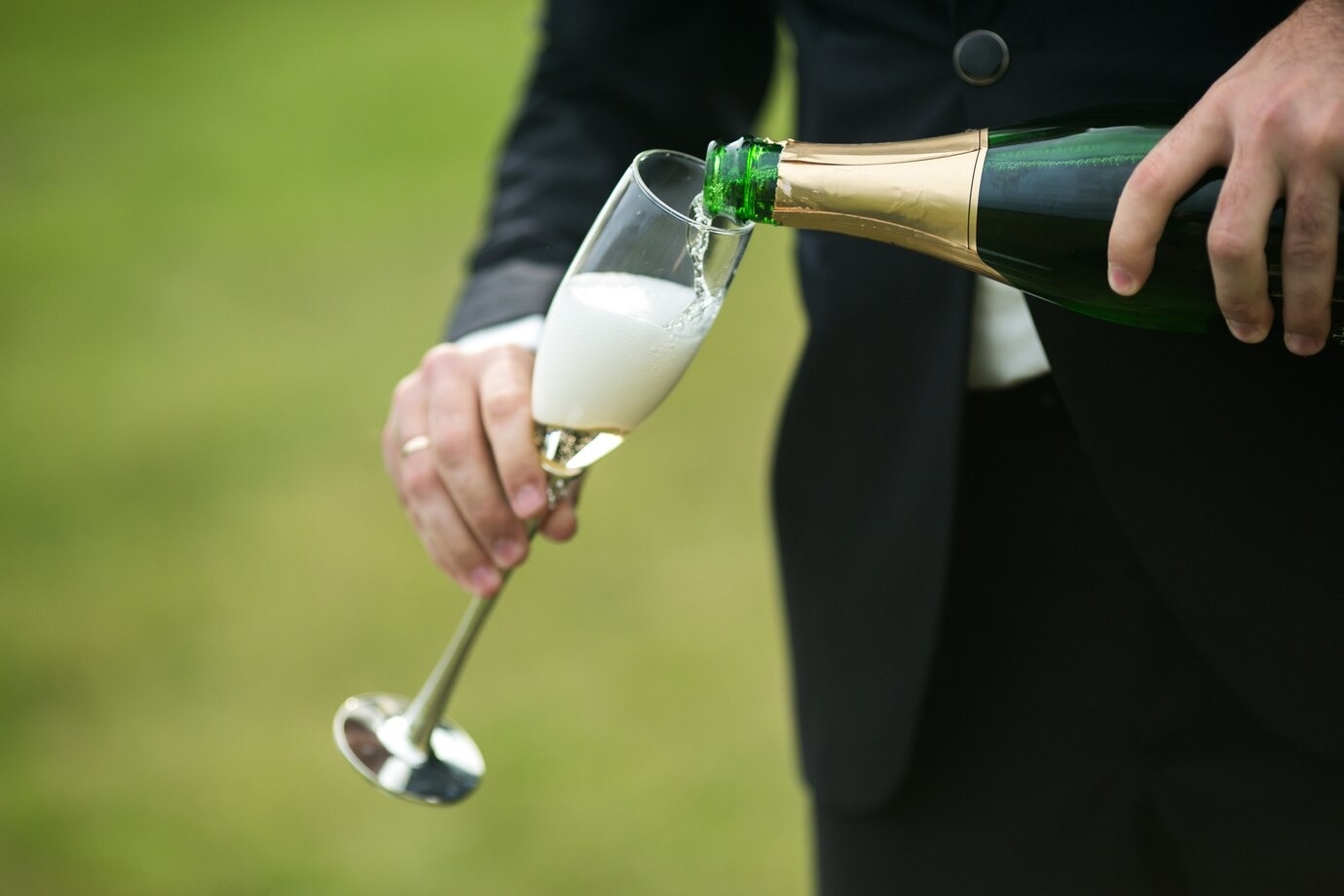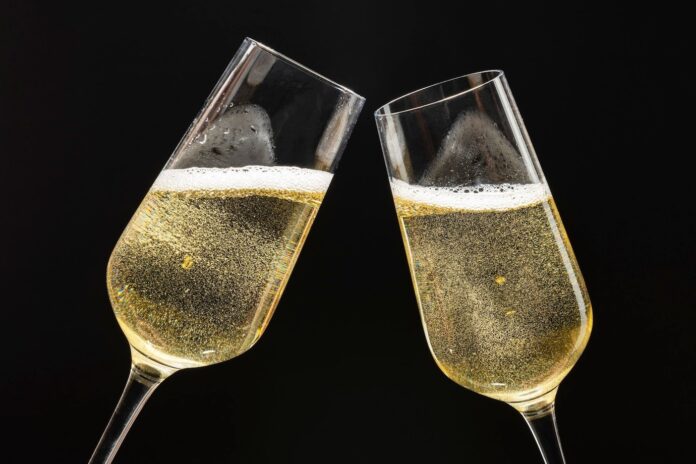Pop the cork, and let’s get right into the fizz! Everyone’s seen the glitzy commercials or the iconic scenes in movies where Champagne gets poured into tall glasses, symbolizing celebrations and success.
But have you ever wondered why Champagne costs more than your average sparkling wine? Is it really worth the price tag? Let’s explore why that bottle in your fridge costs as much as a fancy dinner.
Key Points:
- The origin of Champagne adds exclusivity.
- Strict rules dictate its production.
- Limited supply meets high demand.
- Labor-intensive techniques play a significant role.
- Marketing builds its premium appeal.
It’s All About Where It Comes From

The first thing you need to know: not all sparkling wine is Champagne. Only the bottles produced in the Champagne region of France get that name.
It’s like how bourbon is a type of whiskey, but not every whiskey can call itself bourbon. Think about that next time you see bubbles in a glass—location matters.
France guards the Champagne name fiercely. The region’s unique soil, weather, and centuries of winemaking traditions make it a one-of-a-kind product. The exclusivity starts right here.
The Rules Are No Joke
You’d think making wine is simple—grow grapes, squish them, ferment the juice. But Champagne comes with a rulebook that could rival an encyclopedia. French law requires a specific set of practices:
- Grapes must come from designated vineyards in the Champagne region.
- The three approved grape varieties are Chardonnay, Pinot Noir, and Pinot Meunier.
- Harvesting is done by hand, no shortcuts.
- Secondary fermentation (the process that creates bubbles) must happen in the bottle.
It’s a tedious and precise process, but it guarantees quality. These strict standards add to the cost, no question.
There’s Only So Much to Go Around
The Champagne region isn’t infinite. Vineyards have a fixed amount of land, and that means a limited supply of grapes. Nature doesn’t always cooperate, either. Some years, weather conditions reduce the harvest. When fewer bottles are available, prices go up.
The demand never seems to drop, though. Every major celebration—weddings, New Year’s Eve, or the occasional “just because” moment—keeps Champagne at the top of wish lists worldwide.
The Work Behind Every Bottle
After hand-harvesting the grapes, winemakers follow a long and laborious process:
- Pressing: The juice gets extracted gently to maintain the delicate flavors.
- Fermentation: Two rounds of fermentation turn the grape juice into sparkling wine.
- Aging: Bottles age in cool cellars for at least 15 months, sometimes years.
Every step requires time, patience, and skilled labor. The dedication doesn’t come cheap, and you’re paying for that craftsmanship.
The Marketing Machine

Let’s not ignore the role of image. Champagne didn’t just become a symbol of elegance by accident. Over decades, major houses invested heavily in branding, associating their product with royalty, luxury, and high society.
Names like Moët & Chandon and Dom Pérignon didn’t just happen—they were built. That “luxury tax” you pay for a bottle is partly the cost of maintaining its legendary status.
How It Compares to Sparkling Wine
You might wonder if it’s worth splurging on Champagne when cheaper bubbly exists. The difference lies in the details:
- Taste: Champagne often has a complex flavor profile with notes of brioche, citrus, and almonds.
- Process: Traditional methods give it finer bubbles and a smoother mouthfeel.
- Prestige: It’s not just what’s in the glass but the story behind it.
Sure, Prosecco or Cava can be delightful, but Champagne carries a level of sophistication unmatched by other sparkling wines.
The Role of Terroir in Its Prestige
The secret ingredient that makes Champagne unique lies beneath the surface—literally. The Champagne region boasts chalky soils that retain water and reflect sunlight, creating the perfect environment for grape vines. This natural advantage is irreplaceable.
Terroir also shapes the wine’s flavor profile. The chalk imparts a mineral quality that gives Champagne its crisp, clean finish. Winemakers often say the soil is as important as the grapes themselves, and in this case, it’s true.
Innovations That Keep the Tradition Alive

While steeped in tradition, Champagne producers also embrace cutting-edge techniques. For example, precision tools now monitor fermentation temperatures, ensuring every batch reaches perfection. Some houses use drones to survey vineyards, spotting potential issues early.
Even with innovation, the core methods remain unchanged. The balance between old and new keeps Champagne rooted in its history while staying relevant to modern tastes. This fusion adds even more value to each bottle.
FAQs
Why is Champagne only made in one region?
French law protects the Champagne name, ensuring it only applies to wines produced in the Champagne region under strict rules.
Does aging affect the price?
Yes. Longer aging improves quality but increases costs due to storage and time investments.
Are all sparkling wines less expensive?
No. Some high-quality sparkling wines from other regions can rival Champagne prices, depending on their production methods.
What’s the difference between vintage and non-vintage Champagne?
Vintage Champagne comes from a single exceptional year, while non-vintage blends grapes from multiple harvests. Vintage often costs more due to rarity.
Can Champagne ever be affordable?
Entry-level options exist, but they’ll still cost more than most sparkling wines due to the factors discussed above.
Final Thoughts
There’s more to Champagne than just bubbles. You’re paying for heritage, craftsmanship, and an experience unlike any other. Whether you’re toasting a milestone or treating yourself, that golden liquid embodies celebration. And let’s face it, popping open a bottle just feels special.
If you’re still wondering whether Champagne is worth the price, consider the story behind each sip. It’s not just about the drink; it’s about what it represents. Cheers to that!




